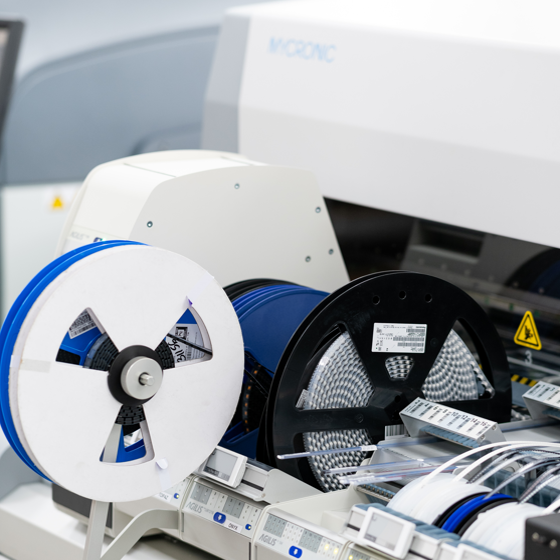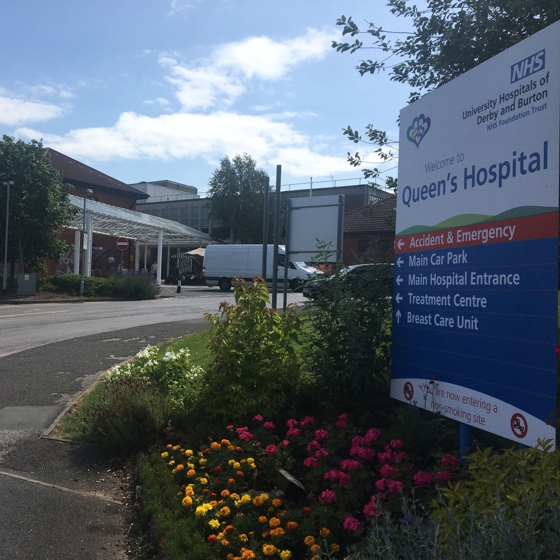
Following a £300k+ investment in the very latest surface mount component placement technology, we placed one million components in less than a month, significantly increasing our previous manufacturing capabilities.
Our existing machine – which had itself provided leading-edge technology when we purchased it ten years ago – had reached the limit for the size of components it could place.
“Technology is driving the increased miniaturisation of components, with much of this emerging from the telecoms and automotive industries, said Static Systems’ Manufacturing Director, Philip Marsh.
“It is our intention to retain our market-leading position within the healthcare and custodial communication sectors and to future-proof our production capabilities. Our new pick-and-place machine will give us more space and flexibility with our printed circuit board designs, as well as allowing us to remain cost competitive and increase manufacturing capacity to meet fast turnaround delivery schedules as and when necessary.”
Our chosen solution – a fully automated Mycronic MYPro MY300SX-15 – is overseen by our highly trained operators. It delivers improved accuracy and speed of module placement, as well as providing the capability to place very small components. Changeover time is dramatically improved when compared with previous generation machines, enabling us to react far quicker to changes in demand.
To optimise the performance of the new surface mount machine, we have also upgraded the workspace to include a ‘positive’ air ventilation system. By providing filtered clean air, the system will help to prevent airborne particles being drawn into the build of the boards, avoiding potential contamination and ultimately improving system reliability.
Chris Turner, Commercial Director at Static Systems, adds: “We are immensely proud of our extensive in-house manufacturing facilities which enable us to quickly respond to the demands of our clients. Alongside our skilled workforce we use some of the very latest manufacturing technology and equipment, and we place great importance on having end-to-end control of our manufacturing processes.
“This latest investment reflects our continued commitment to offering world-class manufacturing capabilities here in the UK. The fact that we can do this from our base in Central England is an added bonus, particularly when a lot of uncertainty surrounds the impact of Brexit on those suppliers who import their alarm and communication solutions.”
The machine chosen was a Mycronic MYPro MY300SX-15 pick-and-place machine equipped with a 4K inspection camera and an integrated RCD electrical verifier. It was manufactured in Sweden and supplied through the company’s UK subsidiary.
Over a nine-month period, a team comprising our Production Director, Technical Director and Surface Mount Team Leader created a specification identifying current requirements, future challenges and weaknesses of the existing system.
After an initial search which involved visiting trade shows and distributors, we created a shortlist of six suppliers and then reduced this to the three machines which best matched our exacting standards. Reference sites were visited, and the top two suppliers were asked to participate in a controlled test involving the manufacture of a board populated with the most difficult to handle components that the engineers could devise. Mycronic performed best in all of the assessments and was the unanimous choice of the team.


